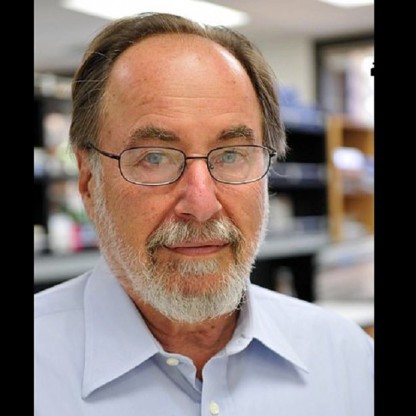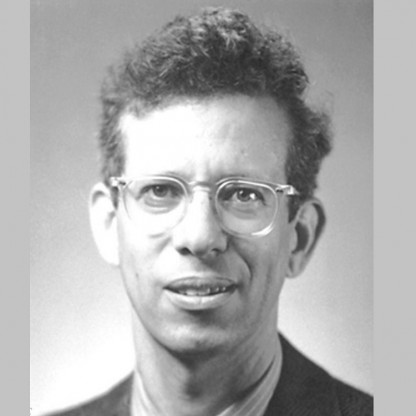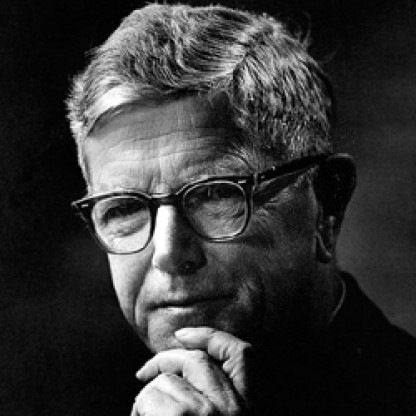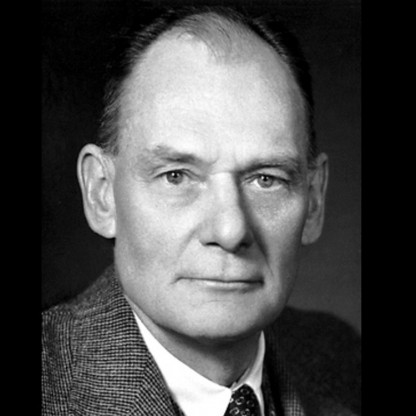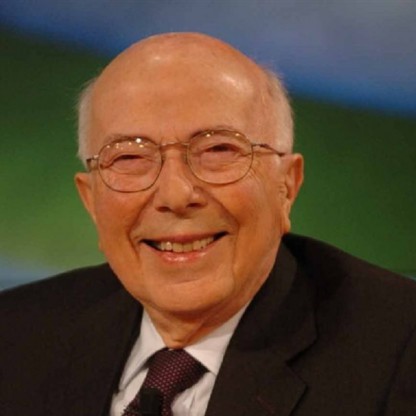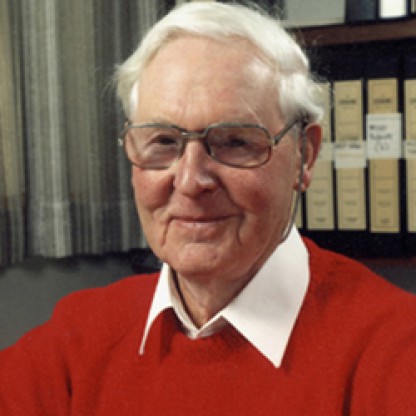Frank Johannes Fenner was born in Ballarat in 1914, but the family moved to Adelaide, South Australia in November 1916. Frank attended Rose Park Primary School and Thebarton Technical School. He attended the University of Adelaide, where he earned degrees in Medicine and surgery in 1938. That year, uneasy about Hitler’s rise, he legally changed his middle name to John. From 1940–1946 he was a Captain and Major in the Australian Army Medical Corps with Service in Australia, Palestine, Egypt, New Guinea, and Borneo, as medical officer in field ambulance and casualty clearing station, pathologist to general hospital, and malariologist. For his work in combating malaria in Papua New Guinea he was made a Member of the Order of the British Empire in 1945.
